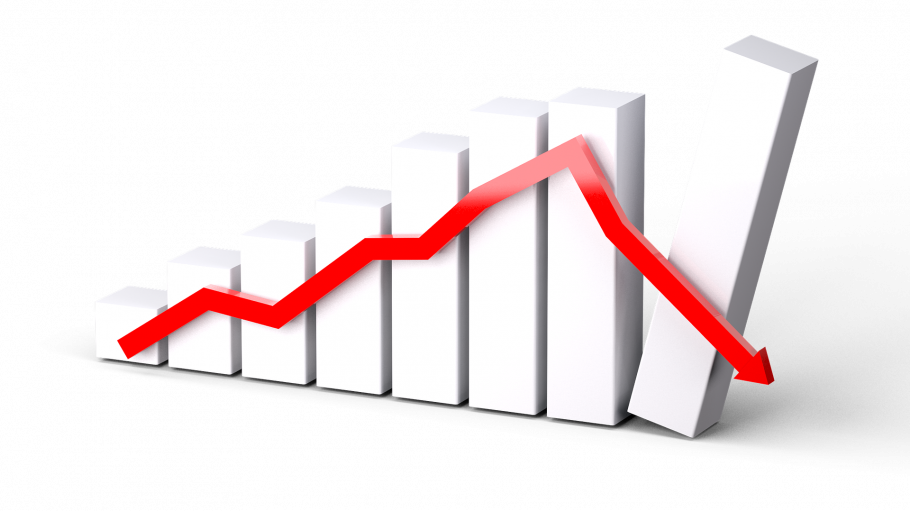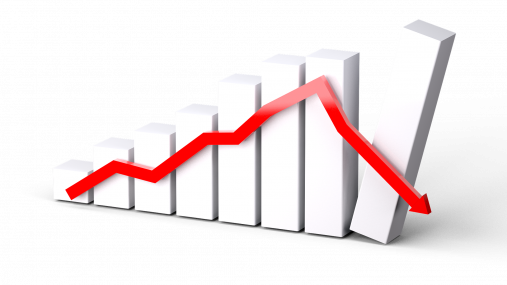
Press releases » Economic recession hits industry, downsizing steel demand expectations for 2022-2023
Economic recession hits industry, downsizing steel demand expectations for 2022-2023
Downloads and links
Recent updates

Brussels, 26 October 2022 – The continuing deterioration of the EU economy following Russia’s invasion of Ukraine and the energy crisis is leading to a recession severely impacting industrial sectors. The steel market outlook has worsened for both the second half of 2022 and 2023, with steel demand receding more strongly than expected (-3.5% for this year and -1.9% for next year). Yet, imports penetration persists at historically high levels.
“All downside factors have remained in place and even exacerbated, especially skyrocketing energy prices, which lead to unbearable production costs. This has entailed a further cut in apparent steel consumption and a significant downward revision of steel-using sectors’ output in the EU for the remainder of this year and supposedly for the first half of next year”, said Axel Eggert, Director General of the European Steel Association (EUROFER). “Even more worrying is the persistent high level of distortive steel imports into the EU in such a context. We risk heading towards significant industrial capacity destruction in Europe, if emergency trade measures reflecting the precarious situation of some critical industries in Europe are not taken”, he added.
After the rebound experienced throughout 2021 (+16.3%) following the pandemic, in the second quarter of 2022 apparent steel consumption’s positive trend came to an end with a marked drop (-4.8%), down to 38.6 million tonnes. Negative performances are predicted to continue throughout 2022 and at least up to the first half of 2023, consolidating the prospect of a deeper-than-expected annual recession in apparent steel consumption this year (-3.5%, previously estimated at -1.7%) and also in the next (-1.9%). These would be the third and the fourth steel consumption recessions respectively in five years.
Weak demand strongly impacted domestic deliveries. They recorded a sharp decrease in the second quarter (-7.1%), confirming the negative trend started at the beginning of 2022 (-0.1%) and reversing 2021’s direction (+11.9%).
By contrast, imports into the EU continued to grow, although at a slower pace (+1.6%, after +28.5% in the first quarter), with import penetration persisting at historically high levels.
Steel-using sectors’ output proved to be more resilient than initially foreseen in the second quarter of 2022 (+5.7%), owing to the carry-over effect of the post-COVID rebound of 2021 (+8.4%). Favourable developments were observed in the construction, mechanical engineering and transport sectors, in particular automotive. This should secure growth for 2022 (+1.9%).
However, the increasing impact of the Russian aggression against Ukraine and the hike in energy prices are expected to weigh heavily during the end of 2022 up to the first quarter of 2023 at least. This has contributed to a downward revision of steel-using sectors’ output in 2023 (-0.9% compared to the previous +2.2%). This could be the second recession in Steel Weighted Industrial Production (SWIP) in ten years, after the one experienced in 2020 due to the pandemic.
Contact
Lucia Sali, Spokesperson and Head of Communications, +32 2 738 79 35, (l.sali@eurofer.eu)
About the European Steel Association (EUROFER)
EUROFER AISBL is located in Brussels and was founded in 1976. It represents the entirety of steel production in the European Union. EUROFER members are steel companies and national steel federations throughout the EU. The major steel companies and national steel federation of Turkey and the United Kingdom are associate members.
The European Steel Association is recorded in the EU transparency register: 93038071152-83.
About the European steel industry
The European steel industry is a world leader in innovation and environmental sustainability. It has a turnover of around €125 billion and directly employs around 310,000 highly-skilled people, producing on average 153 million tonnes of steel per year. More than 500 steel production sites across 22 EU Member States provide direct and indirect employment to millions more European citizens. Closely integrated with Europe’s manufacturing and construction industries, steel is the backbone for development, growth and employment in Europe.
Steel is the most versatile industrial material in the world. The thousands of different grades and types of steel developed by the industry make the modern world possible. Steel is 100% recyclable and therefore is a fundamental part of the circular economy. As a basic engineering material, steel is also an essential factor in the development and deployment of innovative, CO2-mitigating technologies, improving resource efficiency and fostering sustainable development in Europe.

Download files or visit links related to this content
Strasbourg, 17 December 2025 – The European Commission’s latest proposals on the Carbon Border Adjustment Mechanism (CBAM), unveiled today, correctly identify several loopholes that risk undermining its effectiveness, notably regarding EU exports, downstream sectors and circumvention practices. However, despite these laudable efforts, the measures put forward fail to deliver a comprehensive and durable response to carbon and jobs leakage, warns the European Steel Association (EUROFER).
A milestone occasion to quickly and effectively restore affordable electricity, to relaunch the
decarbonization and strengthen the international competitiveness of the European steel
industry.
Brussels, 02 December 2025 – Unchanged negative conditions – U.S. tariffs and trade disruptions, economic and geopolitical tensions, protracted weak demand and still high energy prices – continue to weigh on the European steel market. EUROFER’s latest Economic and Steel Market Outlook confirms for 2025 another recession in both apparent steel consumption (-0.2%, unchanged) and steel-using sectors (-0.5%, revised from -0.7%). A potential recovery is expected only in 2026 for the Steel Weighted Industrial Production index (SWIP) (+1.8%, stable) and for apparent steel consumption (+3%, slightly revised from +3.1%) – although consumption volumes would still remain well below pre-pandemic levels. Steel imports retained historically high shares (27%), while exports plummeted (-9%) in the first eight months of 2025.